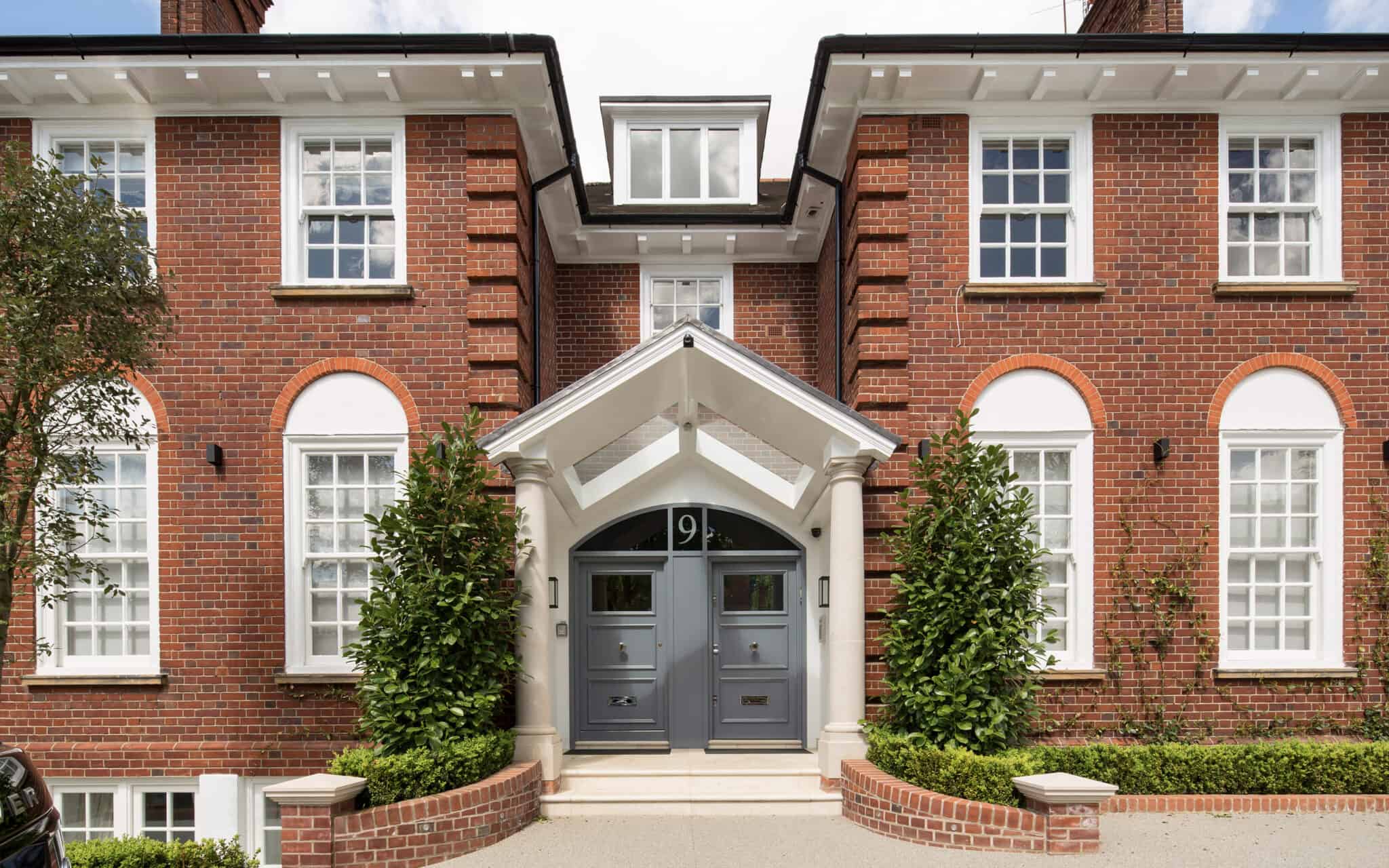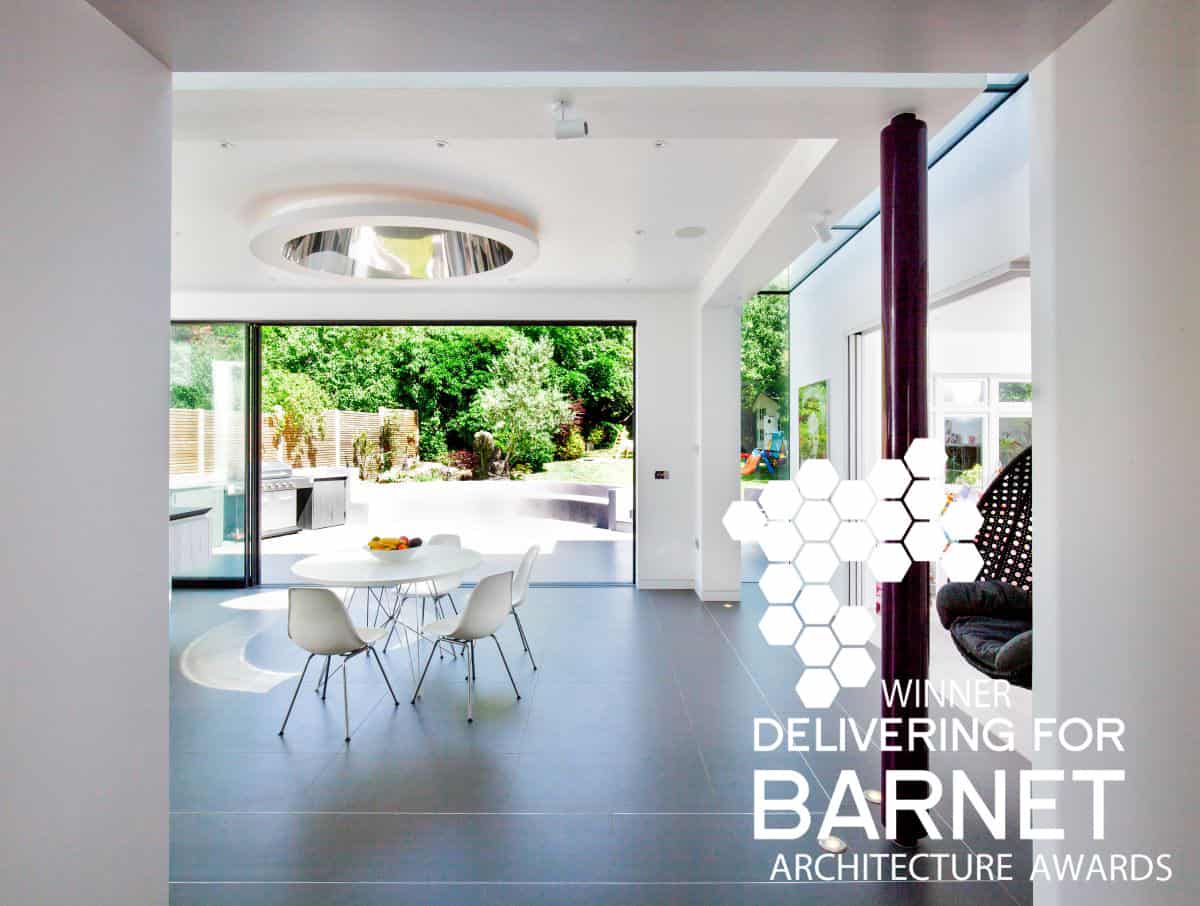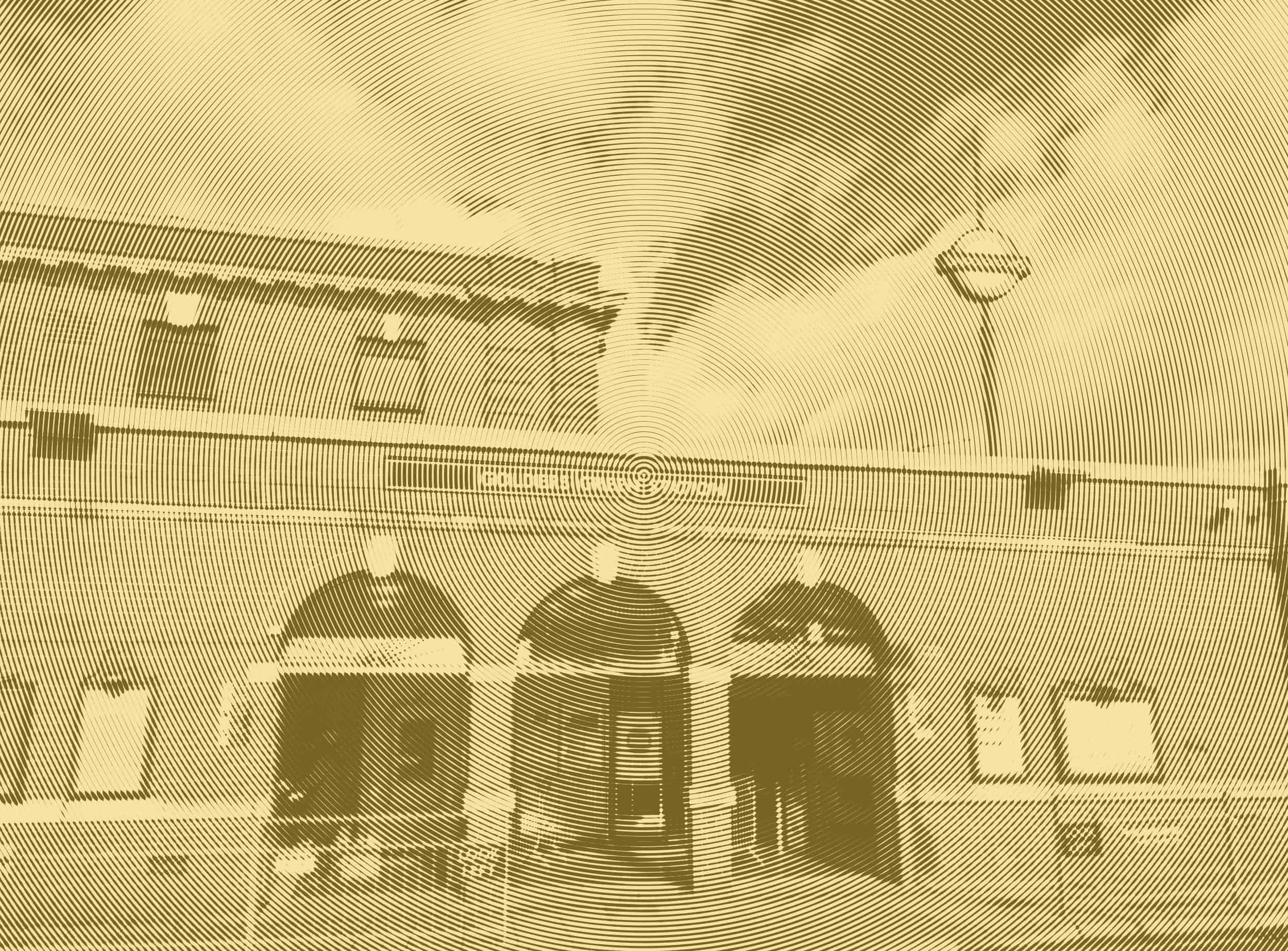Architects Kentish Town
About XUL Architecture
Located in North London, XUL Architecture is a commercially minded, client centred architecture practice. We are efficient and responsive, and put particular focus on the client’s experience as well as in finding ingenious ways of bringing light into architecture.
We believe that creativity can overcome any practical challenges. We believe in the strength of natural light to positively improve physical space and the wellbeing, productivity and creativity of those who inhabit it. We believe that each of our clients is unique. Through listening and conversing we celebrate that individuality.
We listen to your needs and do what it takes to meet your expectations. Combining our energy, knowledge and talents to deliver fantastic client care and strive to develop relationships that make a positive difference to your lives.
We recognise how important it is being part of the local community. We reside in shop front premises which makes us accessible and approachable – our door is always open. Our aim is to build trust and aspire to be the “go to” local architect. We also try to bring the community together by organising local events.
Awards


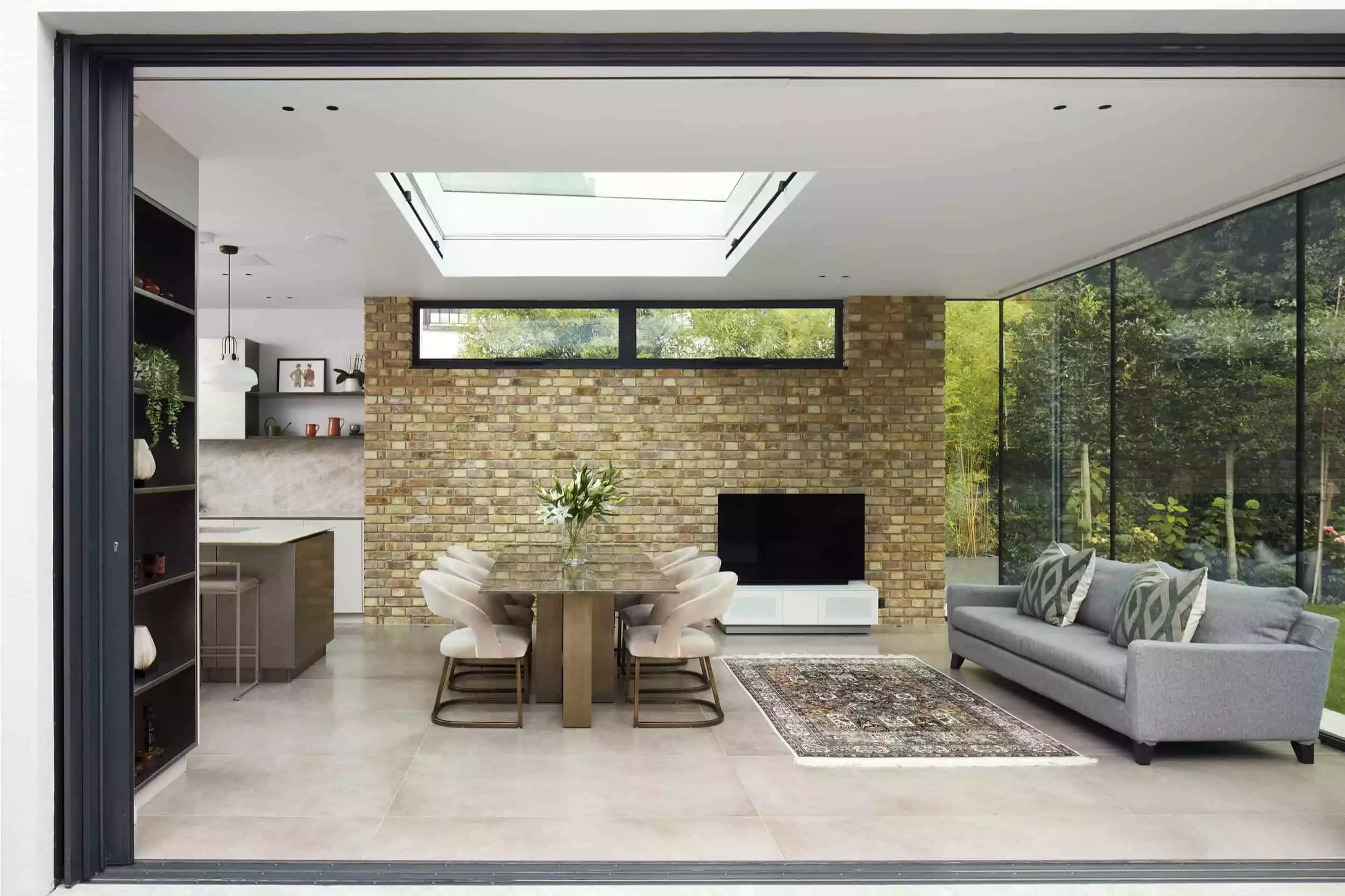
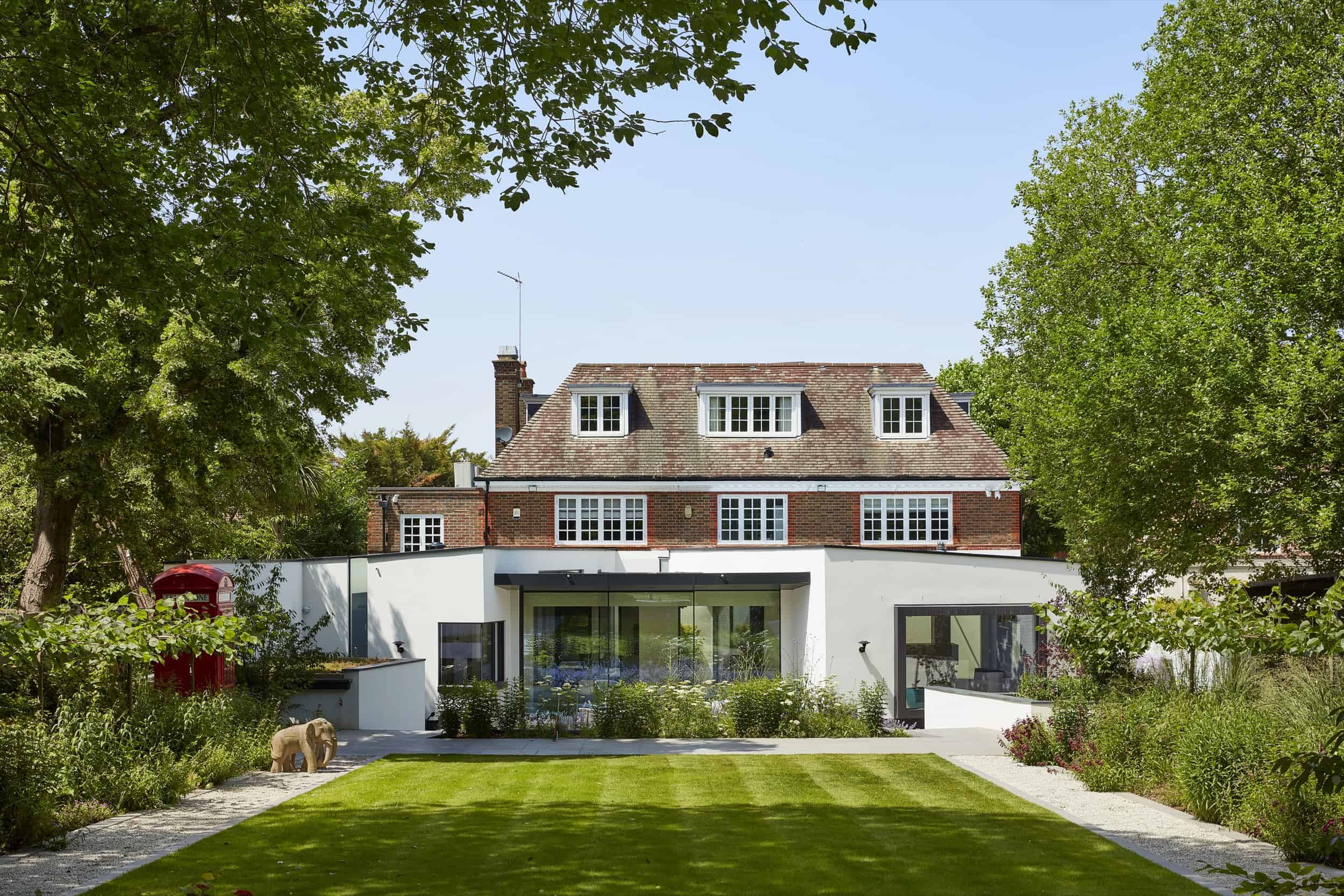



Featured Projects
We have multiple projects in progress and completed nearby Kentish Town
300+ projects completed in Barnet, Brent, Camden and Haringey
We have worked on a number of boroughs in London. Most of our work is in Camden, Barnet, Haringey and Westminster, which are some of the most challenging boroughs in terms of Planning.
In any case we always do detailed research on any local constraints and regulations. On complicated projects and/or listed buildings we often work closely with a planning consultant. We are used to working on listed buildings and conservation areas.
Architects Kentish Town
How we work
It can be a challenge to keep up with all the stages involved in designing and building or renovating a home. Our step-by-step method makes it easier.
We’ve created a platform (a bit like Dropbox) so you have every bit of information about your project at the click of a button. That means we’re all on the same page, and you’ll be able to put your hands on the plans and timeline exactly when you need them.
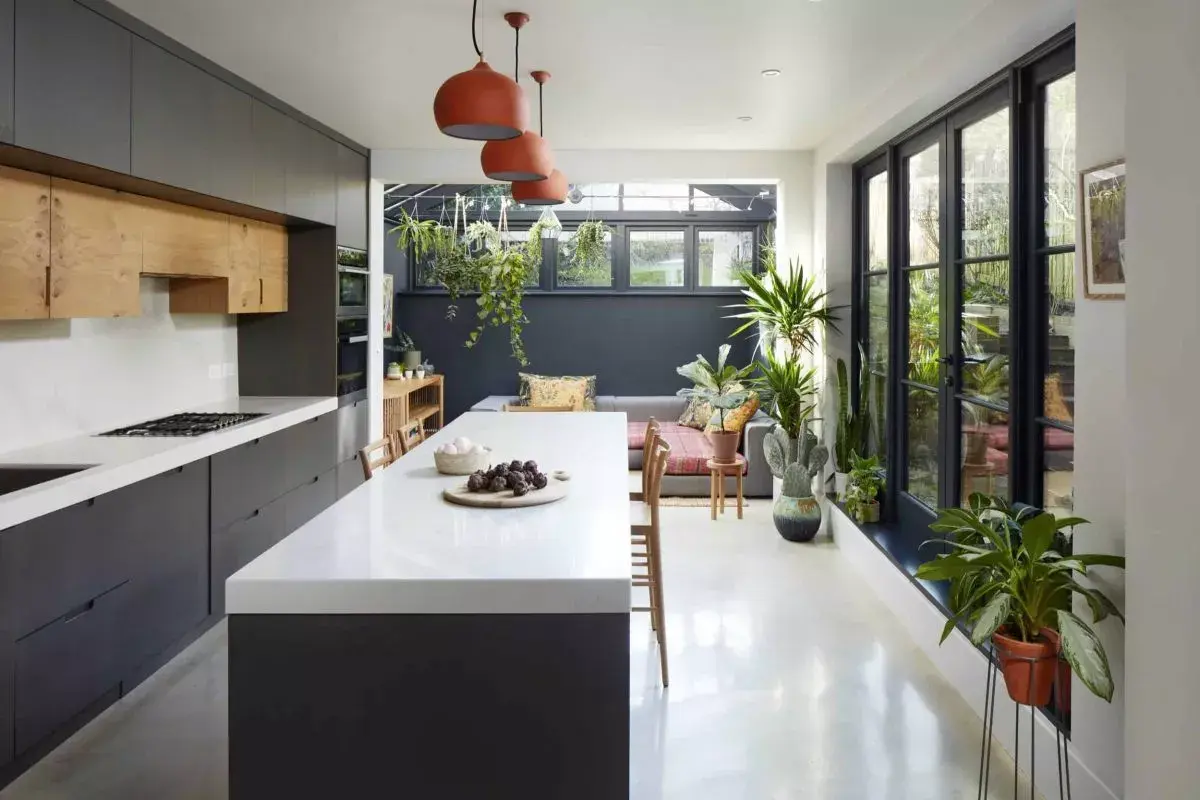
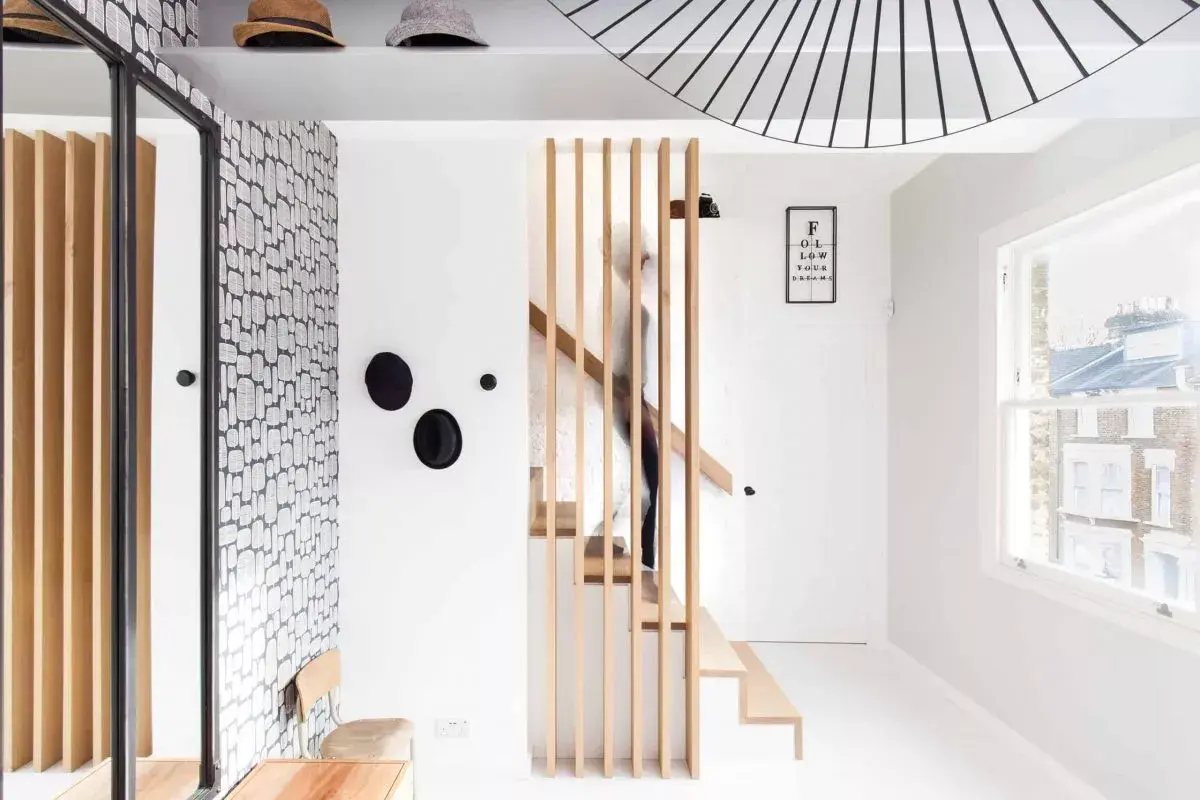
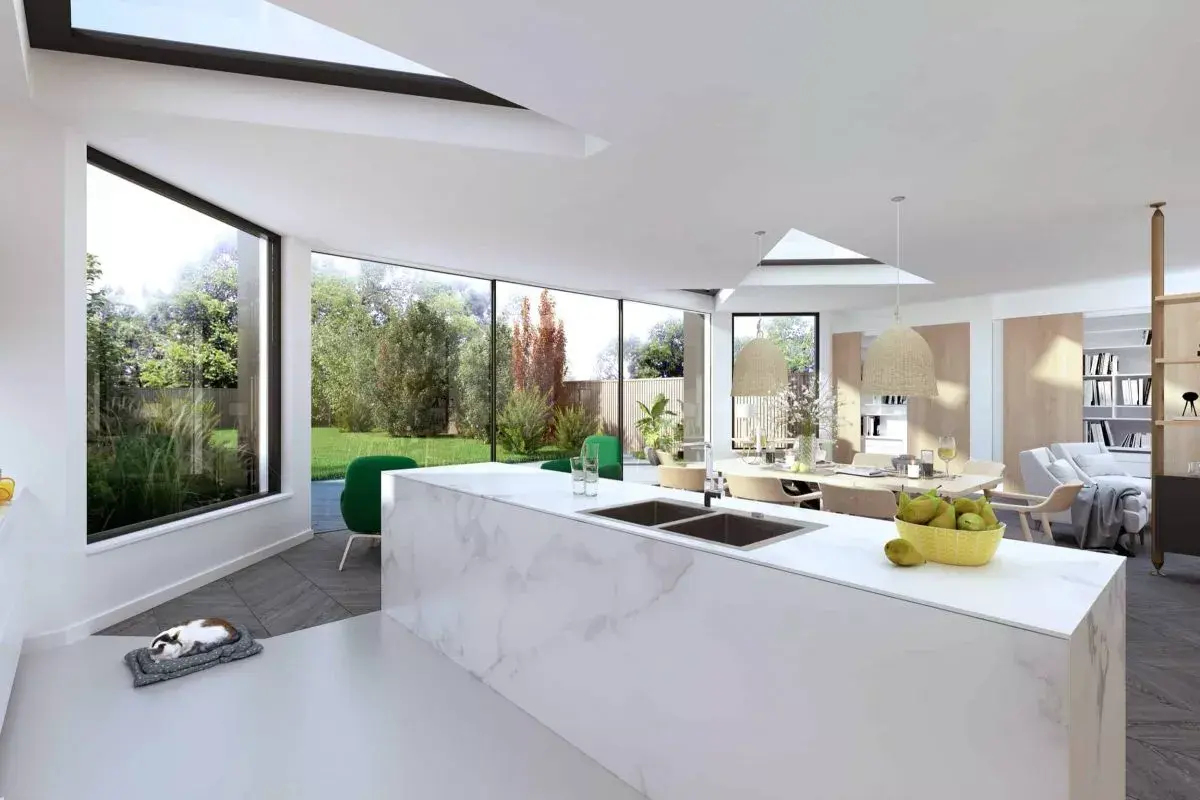

By explaining every stage carefully, we ensure that even if you’ve never worked with an architect before, you’ll feel confident, happy, and inspired – without fear of losing control of time or budget.
And we’re ingenious and innovative, not only in our design, but also in overcoming any hurdles in the logistics of your project. We’ll bring all our ideas out into the light and we’ll always take a ‘can do’ approach – but at the same time we’ll be clear and honest with you if something needs to be rethought.
Because while a beautiful home is the aim, it’s just as much about enjoying the journey to get there.
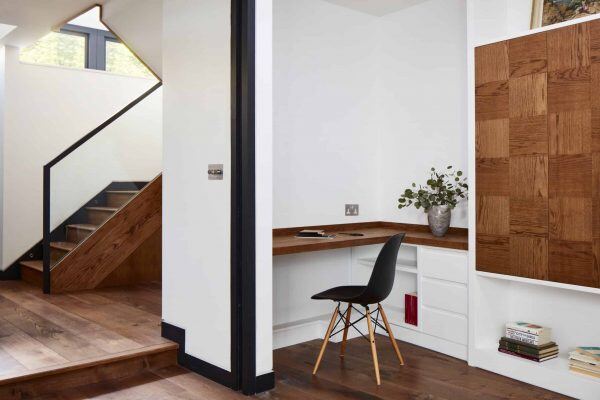
Architects Kentish Town
Architecture driven by collaboration and lateral thinking
We believe in constant improvement and encourage change. Our lateral thinking allows us to creatively overcome challenges. Our motto is ‘there is always another way’! We always like to explore alternative design solutions as well as finding the right strategy to suit your needs.
We pride ourselves on having a unique outlook that combines our passion for enhancing our clients’ lives, with the ingenious use of abundant natural light; all whilst keeping the practicalities of the project and the realities of the budget in mind.
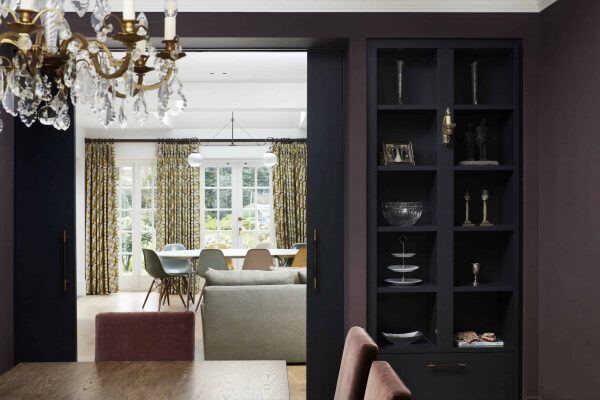
Architects Kentish Town
300+ Projects Completed
Our team is comprised of people from all parts of the world, giving us a rich breadth of experience, cultural background, depth of talent and diversity of thoughts. This is accompanied by the added value of having a can do attitude when in front of any challenge. And of course, you can be involved in this creative process as much as you want to be. Design is a dynamic and interactive process!
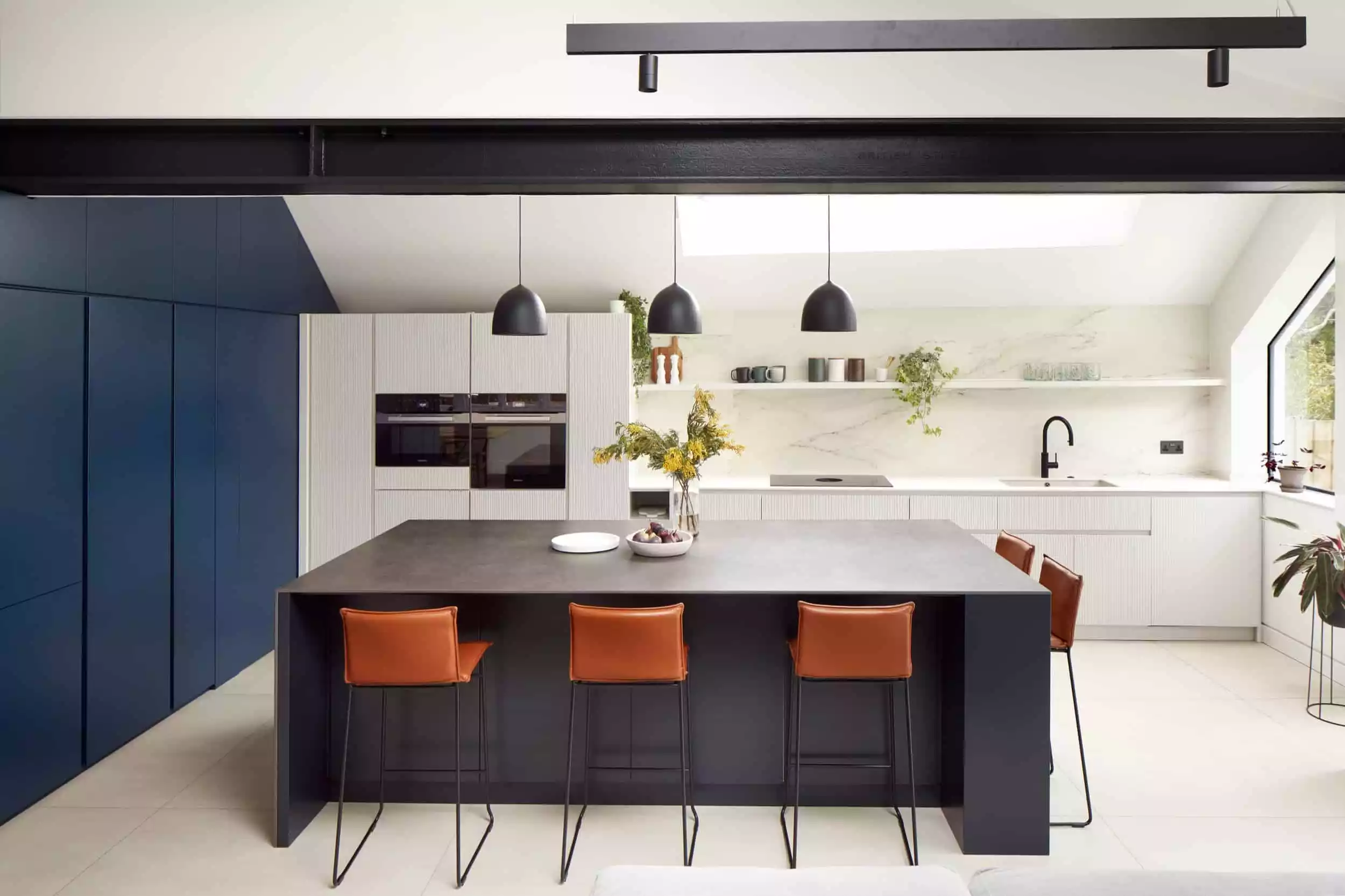
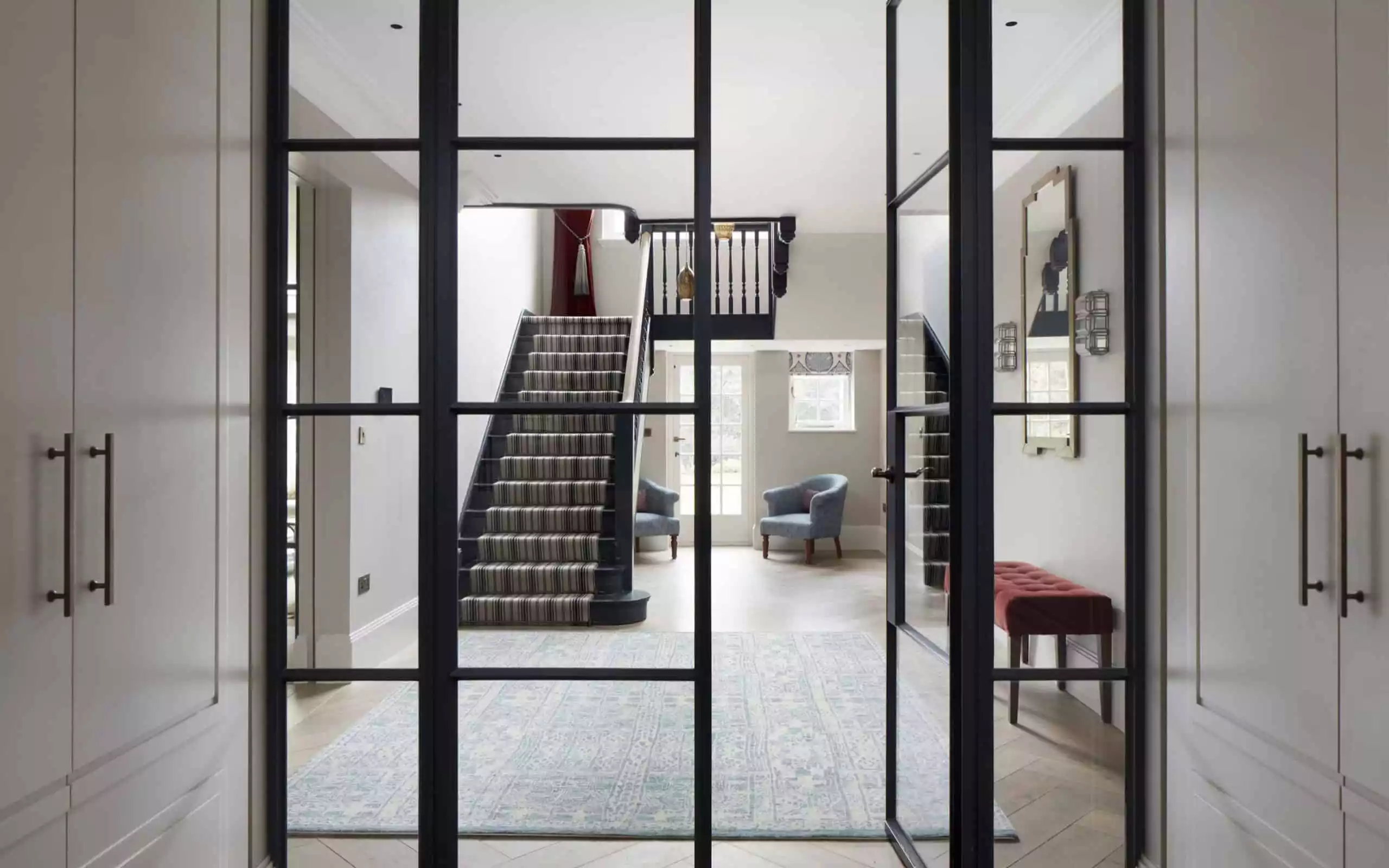

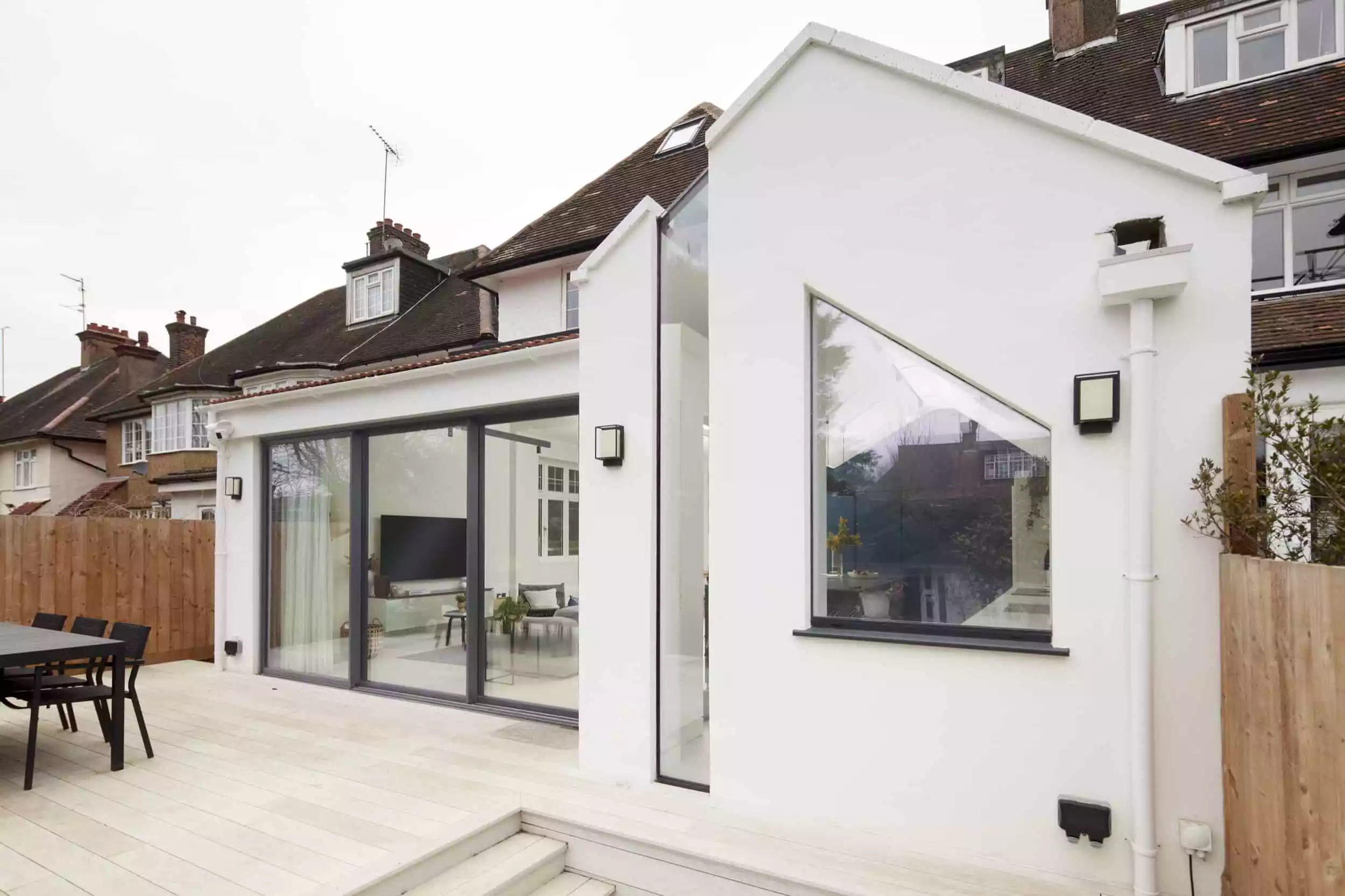
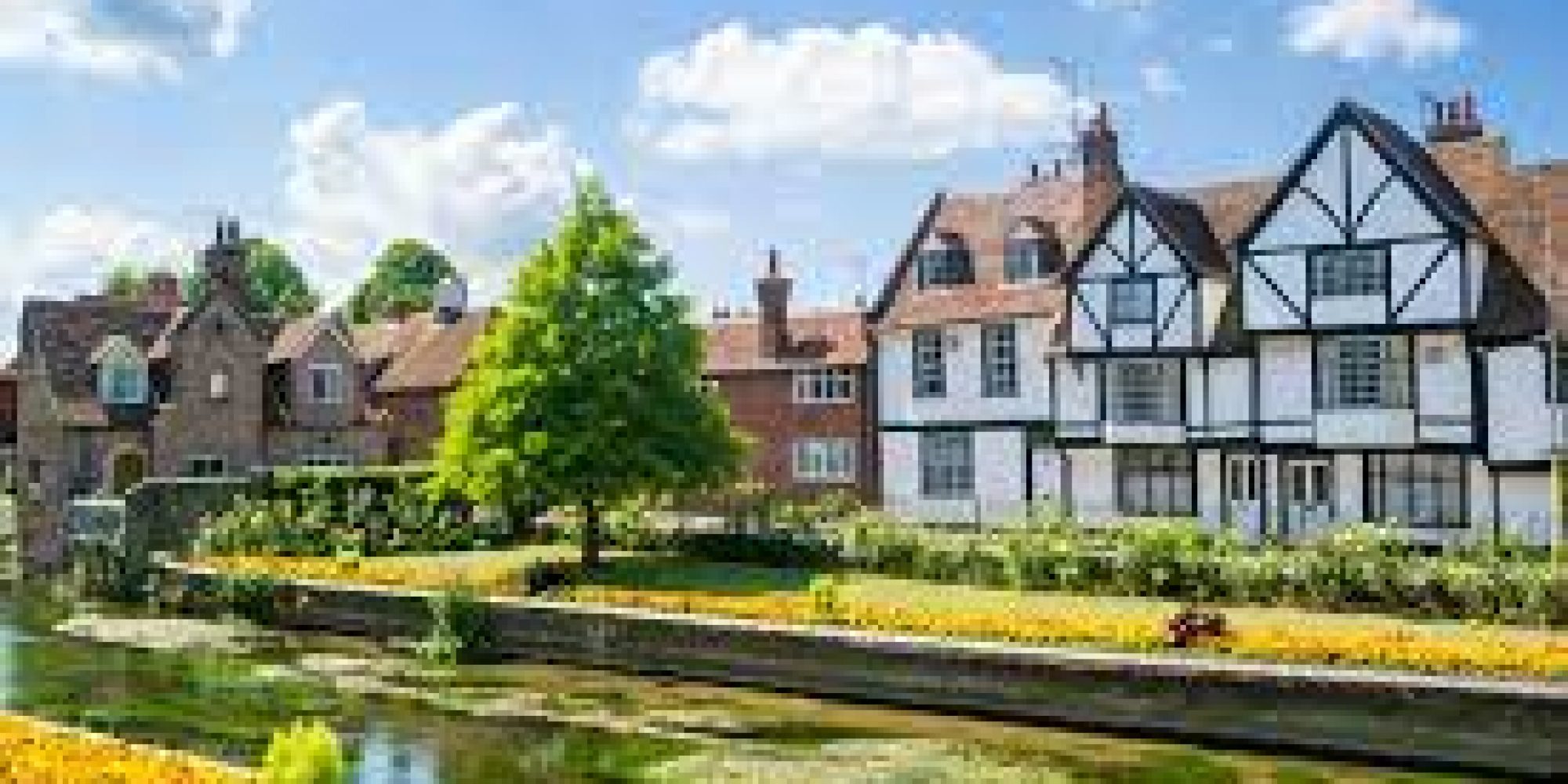
Architects Kentish Town
Architects Kentish Town
Thinking of Moving to Kentish Town?
As picturesque and well-preserved as Hampstead Heath can be, Kentish Town is often thought of the more vibrant and exciting side of town that’s still within walking distance. From humble beginnings, this still little-known area of Northwest London can become a trendy, chic hotspot of restaurants and bars for the cool kids of the city.
However, it still has the gorgeous period houses that the North West is known for, while excellent transport links still make it very attractive for those looking for somewhere to commute from. Here’s what you might like to know about Kentish Town.
The history of Kentish Town
Originally, Kentish Town (or Kentisston) was just another of the sleepy medieval villages a short travel away from the growing trade hub of London. Yet, like Hampstead and Finchley, the arrival of the Great Northern Line changed everything. Kentish Town was one of the main transport links to and from the city and became the stop-in eatery centre for a wide range of people. The industrial revolution saw links to the city grow, as well as vast increased in Edwardian housing for new arrivals working in the factories. While a little more modernised than Hampstead proper, it still carries a lot of that historic flavour.
Living in Kentish Town
While rarely seeing housing prices as high as other areas that are slightly higher in demand, like Finchley, the average cost of a property is about the same. Single bedroom properties cost around £335,000 to £547,000. Meanwhile, the average price of a three-bedroom house can get to anywhere up as high as £1,395,000. Rent is more expensive than many London areas, with an average weekly rental value of £479.
What to see and do
Kentish Town is slowly becoming better known as the culinary gem of the city, with a range of boutique restaurants and trendy bars starting to attract more reviewers. Whether it’s an authentic Italian pizza at Stingray or a cup of fine coffee at Bear + Wolf, those with wandering tastebuds are sure to find plenty of distraction here. There are a host of famous venues, as well, including the music-lover’s delight, the Roundhouse. Otherwise, simply taking a walk or a cycle around the town is sure to expose you to a host of gorgeous Victorian and Edwardian architecture.
Getting around
While the roads are in slightly better shape compared to other London areas, parking in Kentish Town can still be a challenge. However, the transport links are excellent, with Northern Line, Thameslink, and National Rail trains getting you to Waterloo in 14 minutes, or out into Pancras, Luton, and Surrey with little issue. There’s a wide range of bus services too, and two Overground stations that can help give you a quick route to East and South West London.
One of the most vibrant, community-driven, and gastronomically exploratory area of London, Kentish Town’s demand is only likely to keep rising as the bars and restaurants keep getting better reviews. There’s a wide diversity of different kinds of property, so it shouldn’t be too difficult to find the kind of place you’re after.
Architects Kentish Town
The History of Kentish Town
Kentish Town, a vibrant area in North London within the Borough of Camden, boasts a rich and varied history. From its rural beginnings to its contemporary urban charm, the area has undergone significant transformations. This article delves into the historical journey of Kentish Town, exploring its evolution from a small settlement to a bustling part of modern London.
Early Beginnings
The origins of Kentish Town can be traced back to the early 13th century. The name ‘Kentish Town’ is thought to derive from ‘Ken-ditch,’ meaning ‘bed of a waterway,’ referencing the River Fleet, which once flowed through the area. Initially, it was a small settlement in a largely rural landscape, focused around what is now Kentish Town Road.
The Georgian and Victorian Eras
The late 18th and 19th centuries marked significant periods of change for Kentish Town. The construction of the Regent’s Canal and the arrival of the railways in the mid-19th century spurred industrial development and urbanisation. This era saw Kentish Town transform from a rural hamlet into a thriving urban area, with the construction of terraced housing to accommodate the growing population.
Industrialisation and Growth
The industrial revolution played a pivotal role in Kentish Town’s development. The area became a hub for industries, including piano and organ making, and other light industries. This industrial growth attracted workers, leading to the development of more housing and the establishment of local shops and businesses.
Architectural Development
Kentish Town is characterised by its Victorian architecture, which is particularly evident in the terraced houses that line its streets. These houses were initially built to accommodate the working and middle classes. Over the years, many of these properties have been renovated and modernised, but they still retain their original Victorian charm.
The 20th Century: Change and Resilience
The 20th century was a period of both challenges and development for Kentish Town. The area sustained damage during the Second World War, leading to some redevelopment in the post-war years. Despite this, Kentish Town retained much of its architectural heritage and character. The latter part of the century saw a shift, with the area becoming increasingly desirable for both residents and businesses.
The Cultural Landscape
Kentish Town has long been associated with a rich cultural landscape. It has been home to a diverse population, contributing to a vibrant and dynamic community. The area’s pubs, music venues, and theatres have played a significant role in London’s arts and music scene, attracting an array of talent and entertainment.
Green Spaces and Community
Despite its urban character, Kentish Town is close to some of North London’s most beautiful green spaces, including Hampstead Heath and Regent’s Park. These areas offer residents an escape from the urban environment and contribute significantly to the quality of life in Kentish Town.
The High Street and Local Economy
Kentish Town Road, the area’s main thoroughfare, is a bustling high street with a mix of shops, cafes, and restaurants. The street reflects the area’s diversity and vibrancy, serving as a hub for local commerce and community life.
The Challenges of Modern Development
Kentish Town continues to face the challenges of modern urban development, including the need for housing and the preservation of its historical identity. The community and local planners strive to balance growth with the conservation of the area’s unique character.
The history of Kentish Town is a narrative of transformation and resilience. From its humble beginnings as a rural settlement to its current status as a vibrant urban area, Kentish Town has adapted and thrived through the centuries. Today, it stands as a testament to London’s ever-changing landscape, offering a unique combination of historical charm, cultural richness, and urban vitality. For those seeking to immerse themselves in a dynamic and historically rich London neighbourhood, Kentish Town presents an appealing and engaging choice.
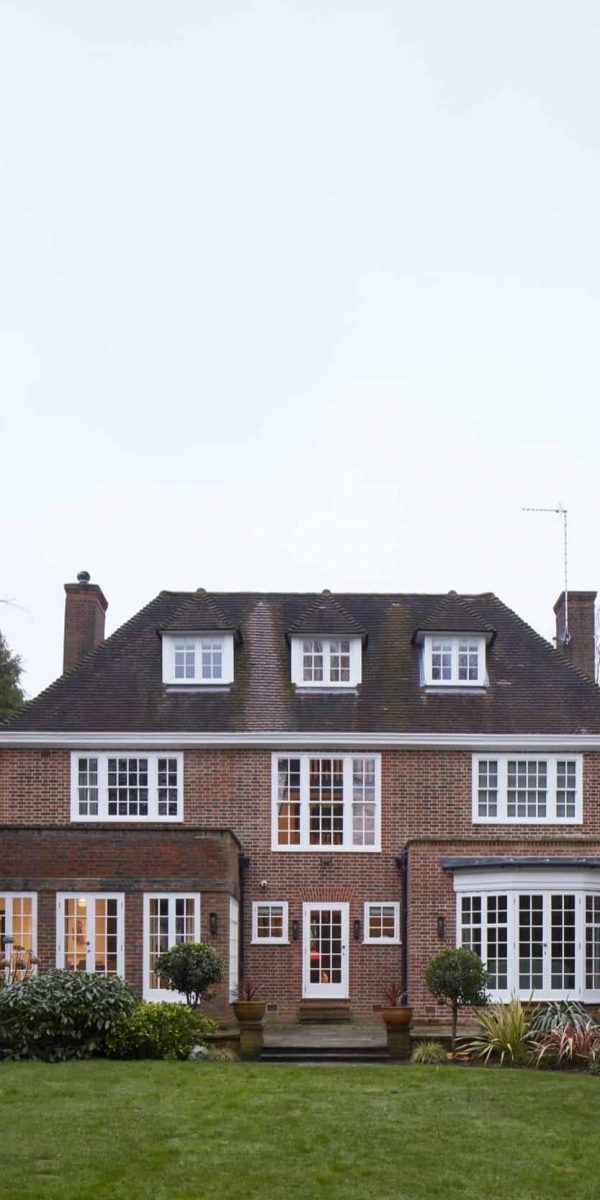












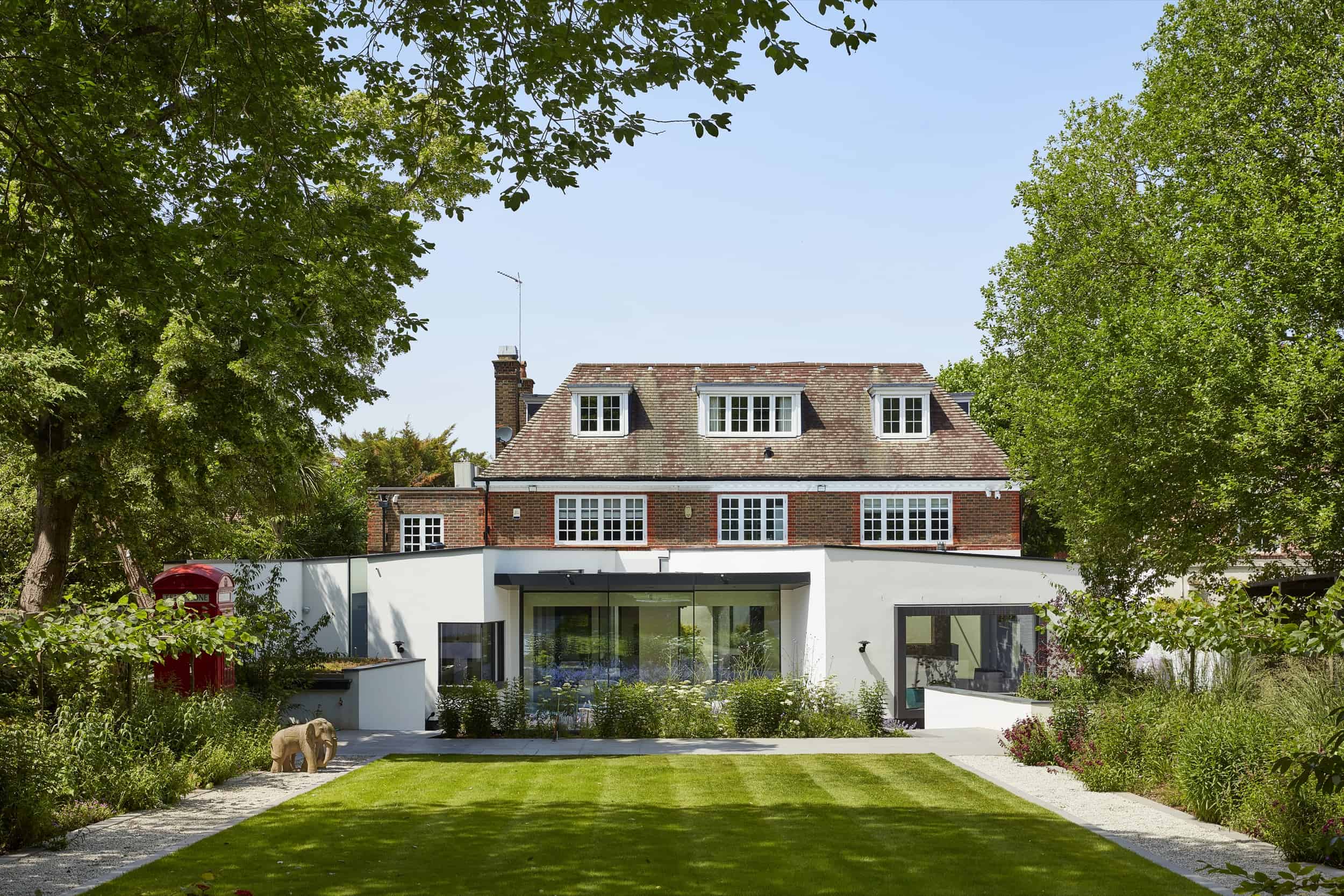
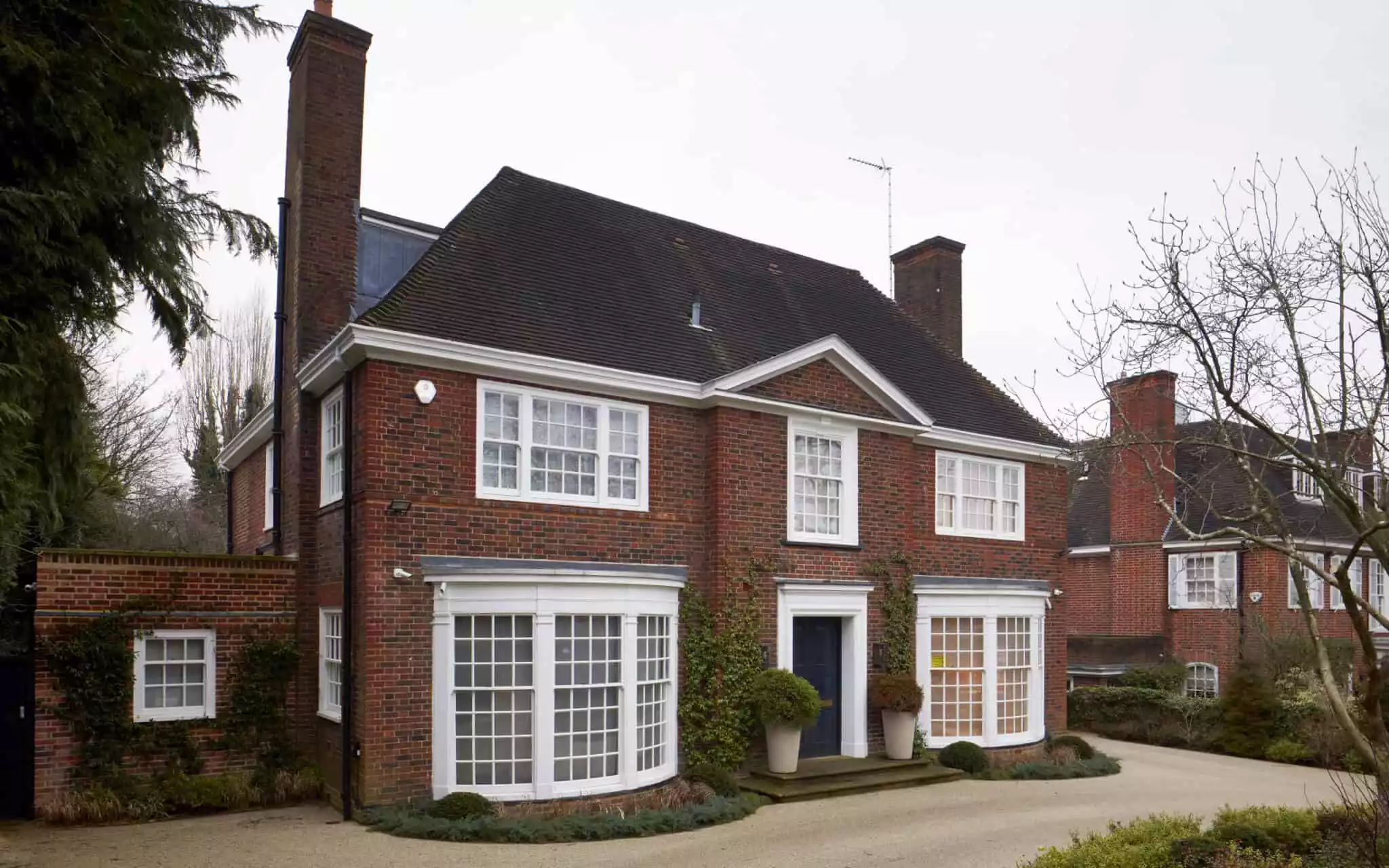

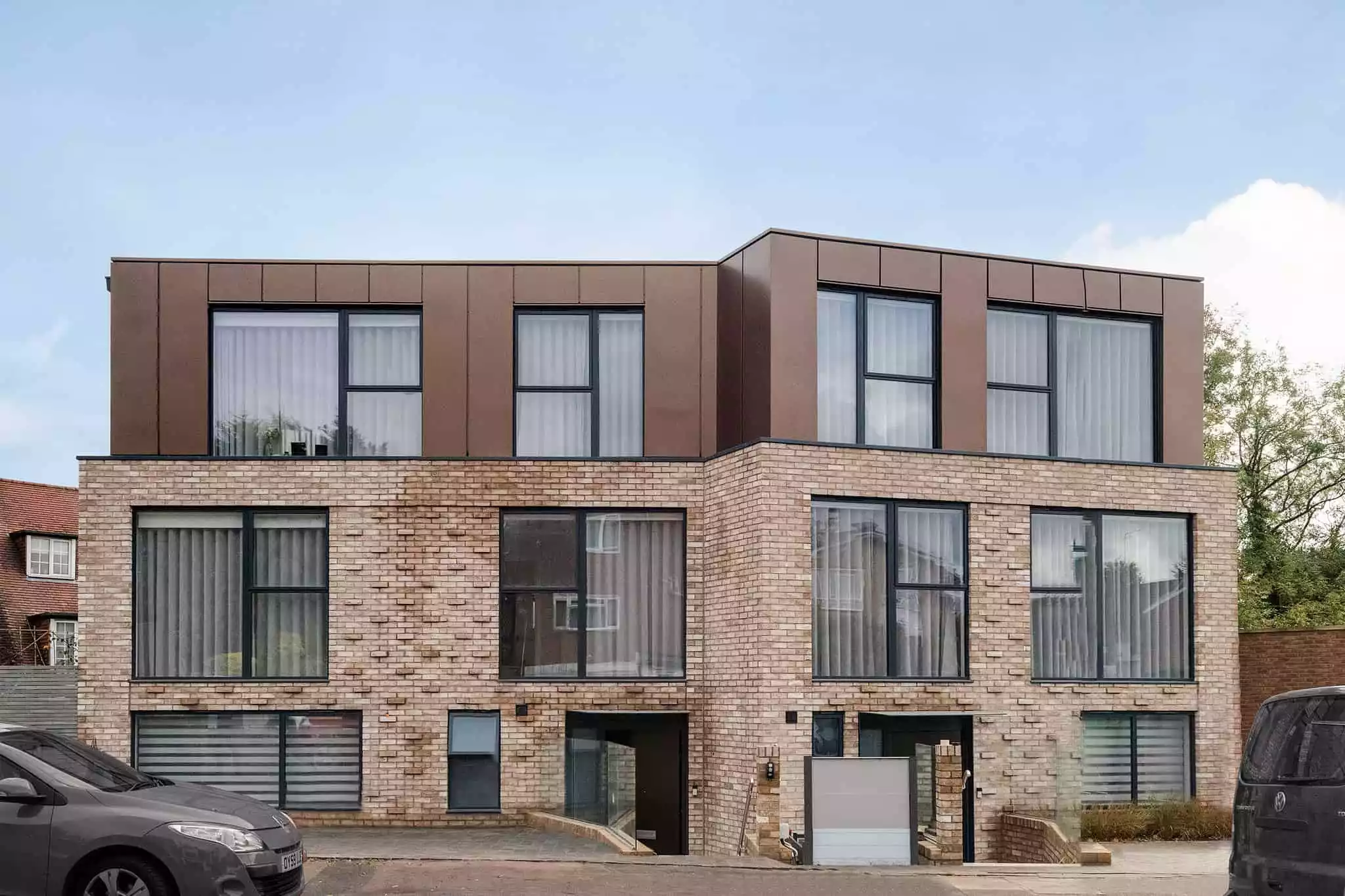
.jpg)
